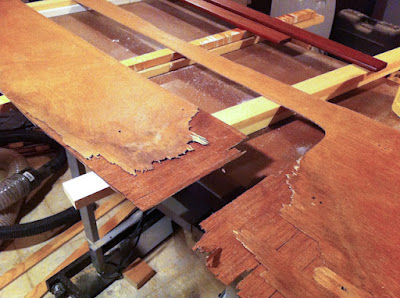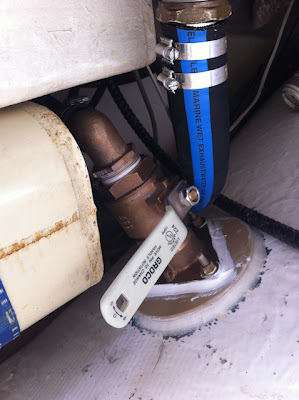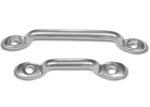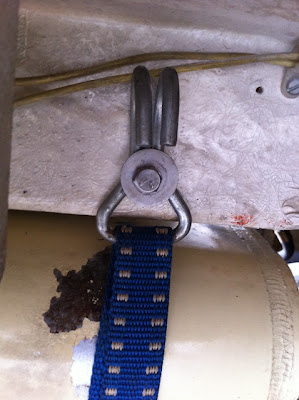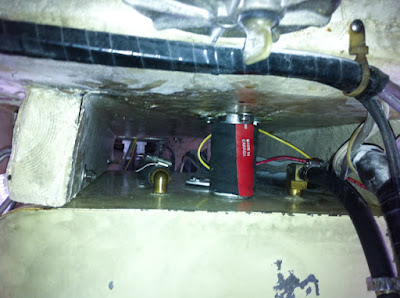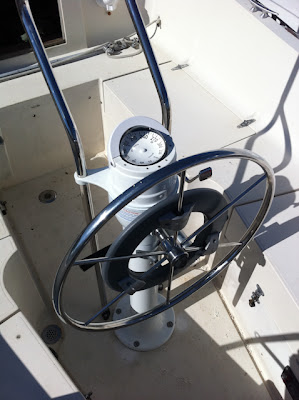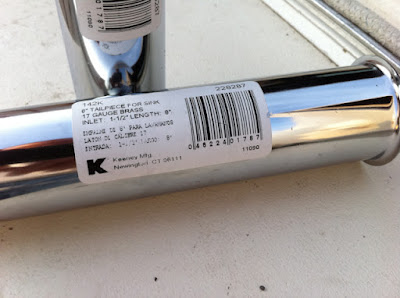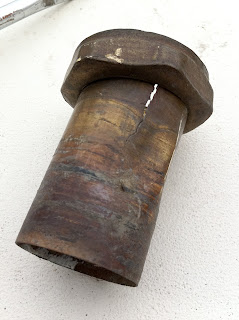
I really got to spend some time learning sail trim on different angles to the wind because I went in a bunch of different directions rather than my usual out and back.
By the end of the trip the winds were building and gusting hard enough to heel me past 30 degrees. I'm not really rigged for reefing the main, so I under-trimmed it to spill some extra air and spent most of the time close-hauled and a bit too far into the wind, again to minimize its effects on me.
Some lessons I learned today:
- First time trying out a tether on my life jacket. I really need to work on where to attach it for various activities.
- I had a lot of trouble tacking the boat through the high winds and waves. She always stalled out just shy of the half way point because the wind would blow the bow back. At one point I gave up on tacking and jibed instead - that seemed to work better.
- I had trouble tacking back to port. It seemed that no matted how far past the pier I went on one tack, the return tack wold blow me just as far backwards as I came back in. As the time was growing short, I finally gave in and motored back in. I was pretty tired, and the winds were still building which was starting to make me uncomfortable.
- I'm still in need of optimizing my take down of the main. I still need to crawl up to the mast to do that as the slugs won't come down the track completely on their own.
The other thing that takes some getting used to is how the world keeps moving under my feet 4 hours after I docked the boat! What's up with that? (No, I have NOT been drinking wine this evening!).
